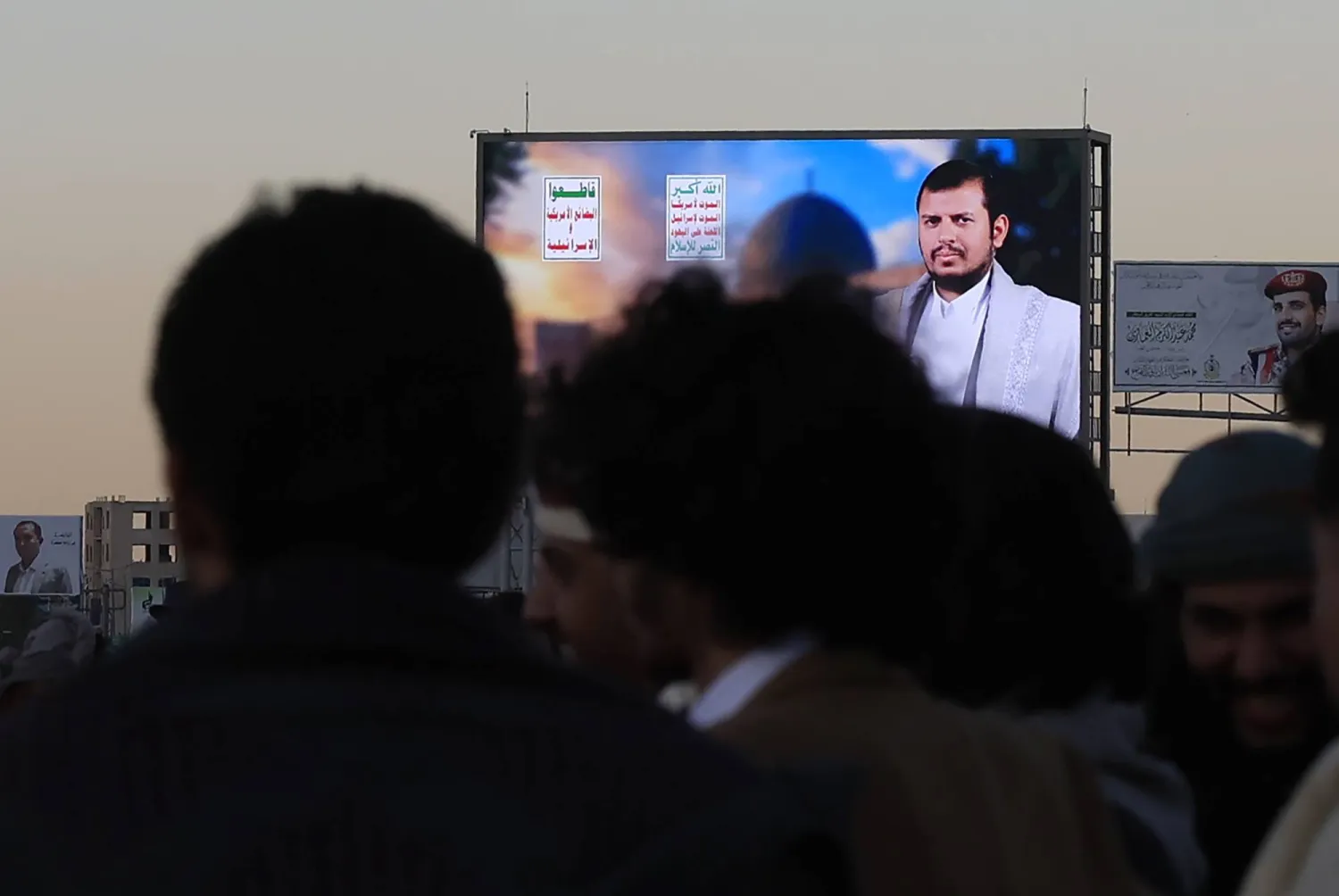For decades, the history of King Abdulaziz has captivated historians and researchers of diverse backgrounds and nationalities.
Dozens of research papers, studies, and writings have explored various facets of this history, encompassing not only the political career of the king but also delving into his leadership persona, strategic thinking, military prowess, and visionary aspirations.
It is not merely the history of a monarch but rather the history of a kingdom and the chronicle of a nation.
The writer and diplomat, Khair al-Din al-Zarkali, vividly illustrates how, in less than 50 years, “one man succeeded in establishing what 12 centuries failed to create or bring forth between the Red Sea and the Arabian Gulf.”
Al-Zarkali describes this achievement as the unification of emirates, the formation of a nation, the construction of a state, and the establishment of a civilization.
Furthermore, the Saudi author and historian, Mohammed Hussein Zaidan, adds, “King Abdulaziz is the crown jewel of his era. He restored dignity to the Arabian Peninsula within the grand entity.”
British writer and journalist, Cecil Roberts, explains how “King Abdulaziz filled a significant void in history, extending his reign over an expanse comparable to the combined territories of England, France, and Germany.”
“He acquired a kingdom with his sword and secured its protection through politics,” adds Roberts.
It is likely that the king, who lived for approximately 80 years, was born in 1876 in Riyadh, while his death was recorded on 9 November 1953 in Taif.
Despite seven decades having passed since his departure, numerous details surrounding that event require clarification, some demand elucidation, and others necessitate correction.
In addition to these, there is a need for careful scrutiny, verification, and documenting the facts surrounding the king’s death and the official and popular reactions it elicited.
King Abdulaziz was not just a ruler; he was a bearer of a message, a catalyst for progress, a nation-builder, and a unifier of the people.
Documentation and record-keeping also call for an examination of how the sons of King Abdulaziz dealt with this tragic event.
Despite their profound loss, their monumental task of assuming governance responsibilities, orchestrating the transition of power, ensuring the country's stability, and managing state affairs has not received its due share of documentation.
What constitutionalists commonly term as the “power vacuum” in many cases, especially during critical times in a nation’s history, is undoubtedly one of the moments unknown to the Kingdom of Saudi Arabia throughout its history.
The reason for this lies in the institutionalized governance framework and constitutional precedents established, with King Abdulaziz taking meticulous measures in the last three months of his life, as depicted in this work.
This November marks the 70th anniversary of King Abdulaziz’s passing.
The throngs that gathered at Riyadh Airport square on the dawn of Saturday, on August 8, 1953, to bid farewell to the founding king were unaware that it would be their final farewell.
At that dawn, the king concluded his prayers, exited from the Murabba Palace for the last time, heading to the airport.
Signs of aging were evident, having been unable to walk for about eight years and relying on a “horse,” a wheelchair gifted to him by the US President Franklin Roosevelt.
In a surge of emotions, Saudi writer and educator Mr. Ahmed Ali Al-Kazimi vividly describes the encounter with the king in 1950.
“We entered the council before the king, and after a while, His Majesty arrived riding a small, beautiful carriage with two large wheels at the back and two small wheels at the front. Above his head was a canopy pushed by one of the attendants,” recounts Al-Kazimi.
“Seeing him in this carriage brought back many memories to my mind, memories of shadows and dreams, all indicating the blessings that accompanied this man throughout his life, from the moment he set out to reclaim the kingdom of his forefathers,” he adds.
The king affectionately named his carriage the “horse” and favored its use.
This decision allowed him to forego walking as he aged and battled with arterial sclerosis, lack of sleep, and stress from overseeing state affairs.
He slept no more than 4 to 6 hours a day and suffered from several episodes that affected his health.
Yet, the king’s charisma, regal presence, and strength remained undiminished, accompanied by the enduring love of the faithful people.
Despite his health challenges, the king was determined to travel to Taif to personally oversee the Hajj season that year.
As the sun rose, the royal plane, a “DC-4 Sky Master,” departed Riyadh around 5:30 AM.
The sunrise seemingly mirrored the dawn of King Abdulaziz's era over Riyadh more than 50 years earlier, marking the unification of the peninsula and the establishment of his rule after centuries of dispersion.
Many wonder if anyone on that plane ascending to the skies could have foreseen that it was their last journey, and that the sun of King Abdulaziz was bidding farewell amidst the takeoff of a squadron of planes carrying the king’s entourage, princes, senior statesmen, the retinue, and the guard.
At precisely 8:20 AM, the royal plane touched down at Hail Airport.
Crown Prince Prince Saud and Foreign Minister Prince Faisal ascended to greet the arrival of the monarch.
On the airport grounds, crowds assembled, including princes, scholars, ministers, Shura Council members, prominent merchants, military leaders, tribal chiefs, mayors, and a multitude of Saudi citizens.
Subsequently, a military band rendered honors to His Majesty, the royal anthem echoed, and applause filled the airport.
A large pavilion was erected for the reception, drawing crowds from Makkah, Madinah, Jeddah, Taif, and their surroundings, all eager to extend their greetings to the king.
The royal procession then left Hail Airport en route to Taif, with villagers lining the sides of the road, joyfully greeting their revered monarch.
As the procession reached the entrance of Taif, the artillery fired 21 welcoming shots, and young cadets from military schools stood in salute, echoing words of welcome and loyalty.
The crowds, extending from the entrance of Taif to the palace (currently King Faisal Road), lined the route, singing national songs.
Triumphal arches, decorations, and Saudi flags adorned the road, raised in all the streets and markets of Taif.
Upon arrival at the Royal Palace, a military salute was rendered, and the royal anthem was played.
Later that evening, the king received delegations from the people of Taif.
A poem by an esteemed poet was recited during the reception, with the locals delivering their words through the schoolteacher at Al-Aziziya School, Mr. Ahmed Kamal, representing them.
The king’s program continued with the reception of official and popular delegations, and the management of state affairs.
The bustling Royal Palace in the city of Taif continued to be filled every day with delegations from various classes, eager to greet our revered king and welcome his auspicious presence.
His Majesty graciously met with them while attending to the ongoing execution of state affairs, the administration of its high policies, and the guidance of its responsible ministries and departments.
His Majesty efficiently reviewed and summarized matters brought to his attention.
The latest official update on King Abdulaziz’s activities in Taif was his reception of the Grand Mufti, Sheikh Mohammed bin Ibrahim Al Al-Sheikh, on October 10, 1953.
On the same day, the king issued one of his most significant and final royal decrees, forming the Council of Ministers and appointing Crown Prince Prince Saud as its head.
The Crown Prince, in turn, delegated the vice-presidency of the council to Prince Faisal.
King Abdulaziz aimed to solidify the institutional framework of the state before his passing, organizing the governance structure and the hierarchy of succession.
From that point forward until the passing of the founding king, the news prominently focused on the activities of the Crown Prince, who served as the Prime Minister and the Supreme Commander of the Armed Forces.
This shift indicated King Abdulaziz’s intention to complete the foundational structure of the state and organize the governance apparatus, setting the stage for a clear succession plan.









